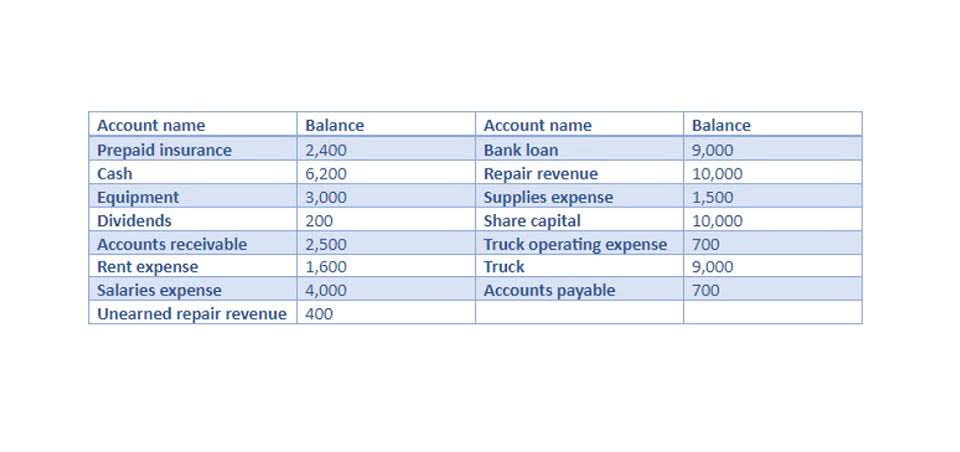
The Cost-to-Cost method provides a straightforward approach to calculating construction in progress based on the ratio of costs incurred. It ensures that the value of work completed is proportional to the costs expended on the project. This method is particularly useful when actual costs can be accurately tracked and there are no significant deviations from the estimated project costs. For example, if costs incurred are $200,000 and total estimated costs are $1,000,000, the project is 20% complete.

Best Practices for Using Percent Complete
- The percentage completion is used to recognize revenues and expenses in the financial statements over the course of the project using the percentage-of-completion accounting method as outlined in IFRS 15.
- Large contractors use percentage-of-completion as it better reflects their complex and ongoing projects.
- While the percentage suggests steady progress, the development team encounters unexpected challenges, such as integrating third-party APIs and fixing critical bugs.
- This method is particularly useful for projects where financial metrics are the primary focus.
- Adjustments to the project plan, such as resource reallocation or additional labour, are made to align progress with expectations.
Sapna is a versatile content writer with two years of experience crafting engaging content across various platforms, including blogs, websites, social media, and newsletters. She specialises in the real estate and construction industry, creating compelling narratives that resonate with diverse audiences and enhance brand visibility and engagement. When you schedule a https://cabana.digital/enrolled-agent-salary-maximizing-earnings-in-the/ demo, you agree to permit Intuit to use the information provided to contact you about Intuit Enterprise Suite and other related Intuit products and services. Your information will be processed as described in our Global Privacy Statement. In the realm of residential construction, the POC method has practical applications that exemplify its benefits.

How To Calculate A Construction In Progress

Just like enterprise accounting software, the POC method has many benefits for construction businesses. Read on to find out what those benefits are, how the POC method works, and how to incorporate it into your financial strategy to optimize performance. These factors can significantly impact financial statements, potentially leading to misstated revenue recognition and an incorrect portrayal of a company’s financial health. The POC method is also applied to commercial projects, including large-scale constructions such as office buildings, factories or infrastructural developments. These projects can be more complex, with different phases completed at varying times.
Applying the Percentage of Completion Method in Construction Projects
Knowing the percentage of completion approach is essential for precise financial management. Bookkeeping for Startups This revenue recognition technique gives your financial statements clarity, accuracy, and compliance by bringing revenue and expenses into line with the status of your projects. In this article, we’ll break down the benefits of the percentage of completion method, walk through the calculations, and explain how it can improve your business’s bottom line. The percentage of completion method is an internal accounting process that can differ from the reality on the jobsite.

Monitor Project Progress In Real Time
The method is in accordance with the matching or accruals concept of accounting, and ensures that the costs incurred on the project are matched to the revenues arising from that project. The formula for the percentage-of-completion method involves dividing the total costs incurred to date by how to calculate percentage of work completed in construction the estimated total costs of the project. This yields the percentage of completion, which is then multiplied by the total contract value to determine the revenue to be recognized for the period. For accurate percentage-of-completion accounting, companies must track actual costs against the total estimated costs.

Leave a Reply